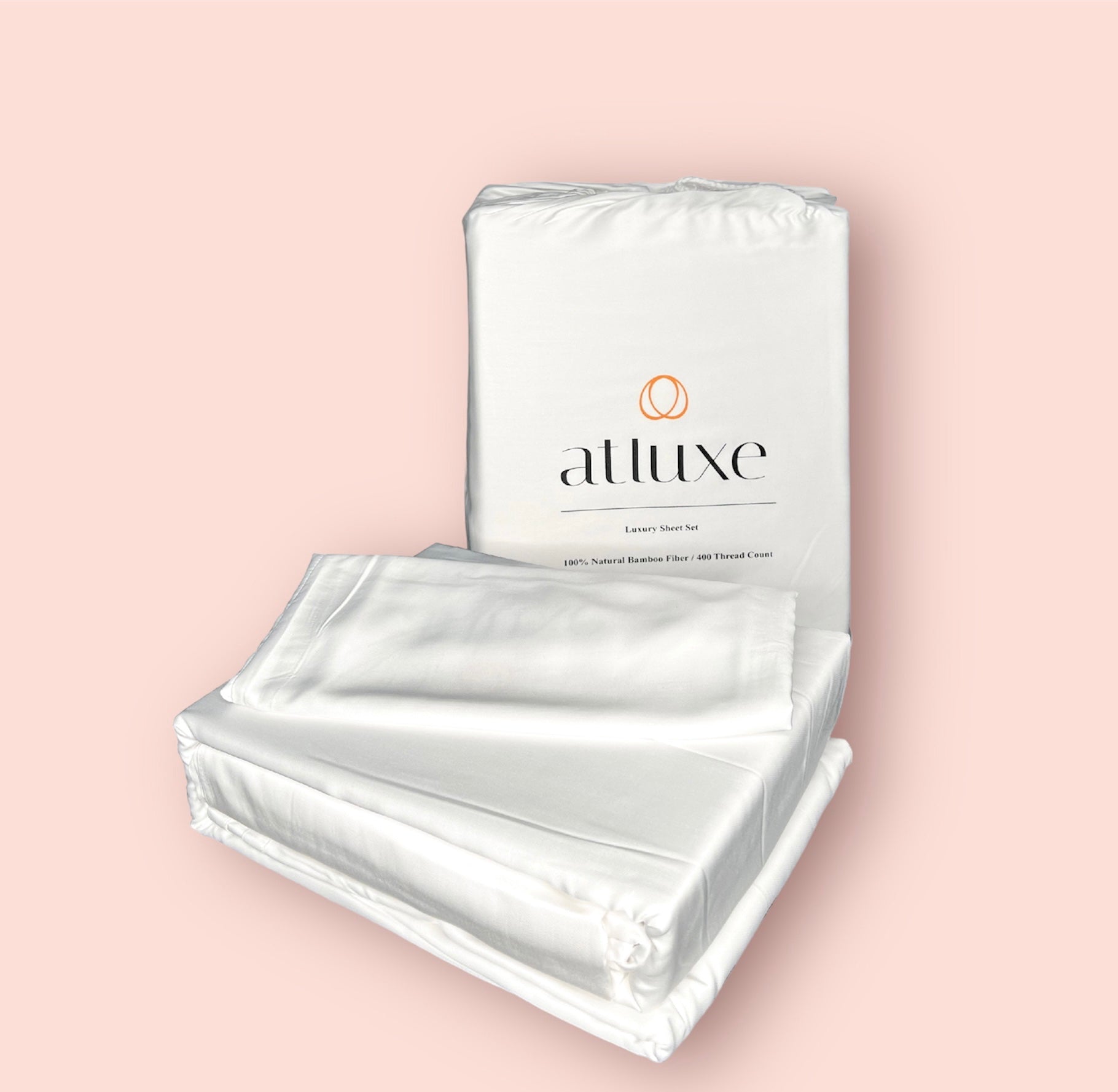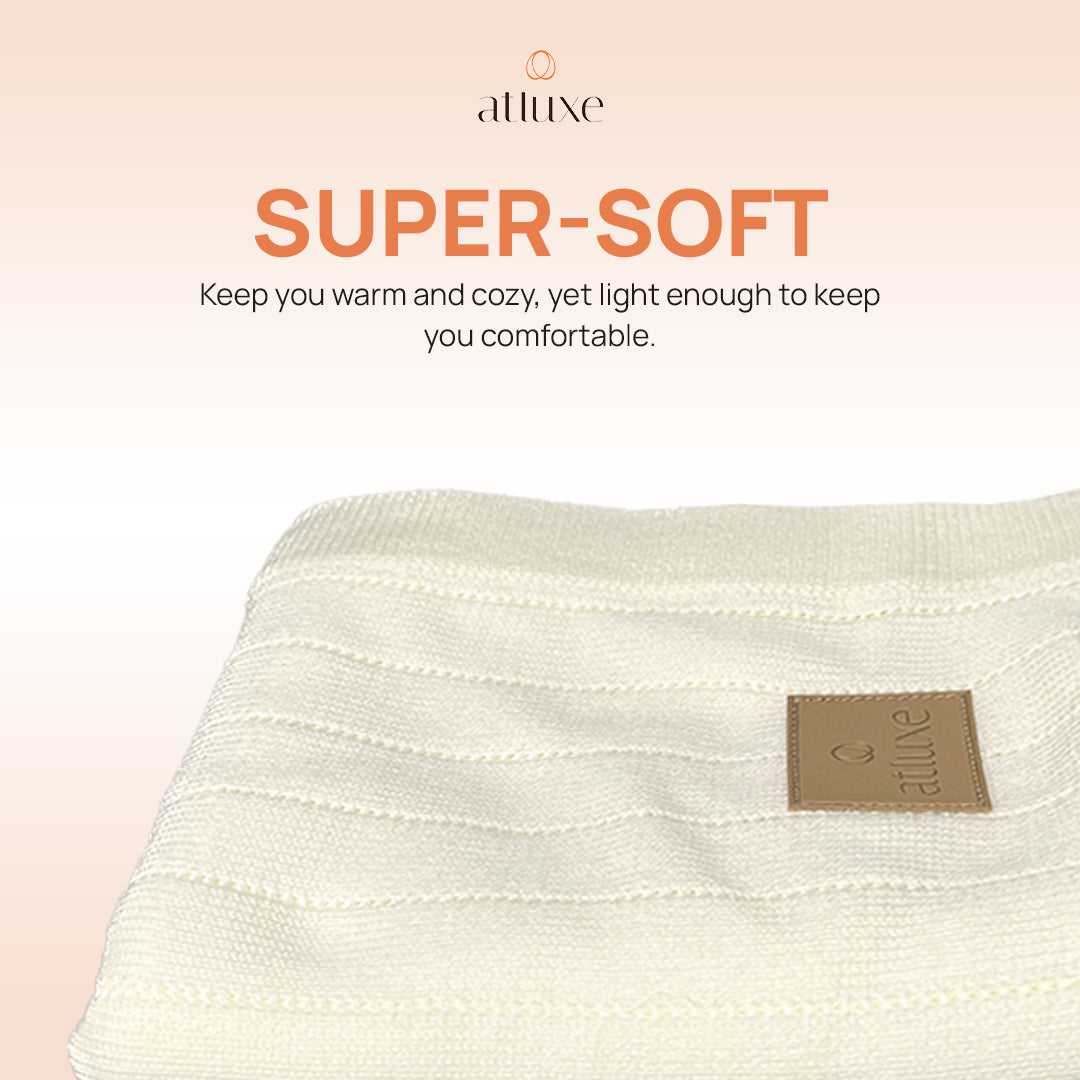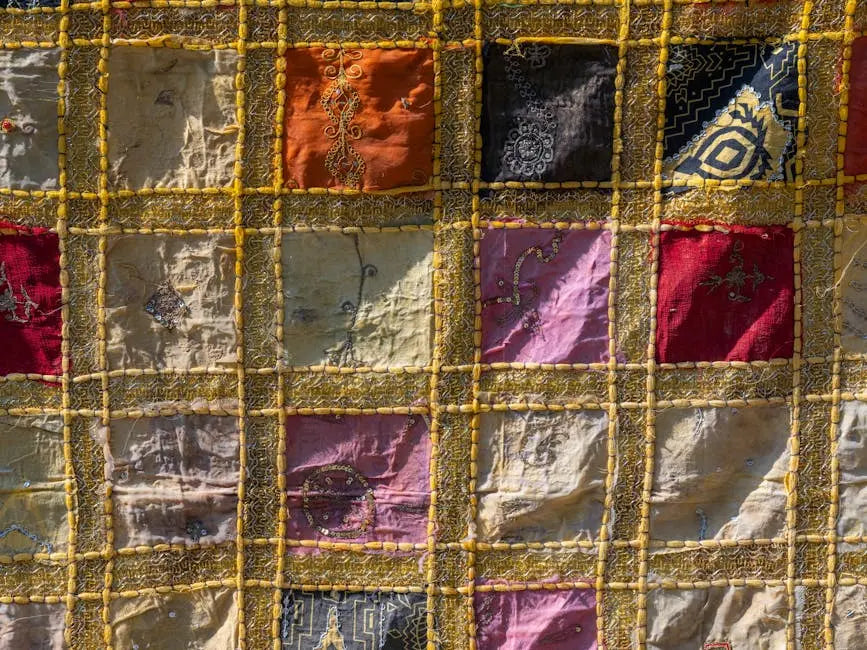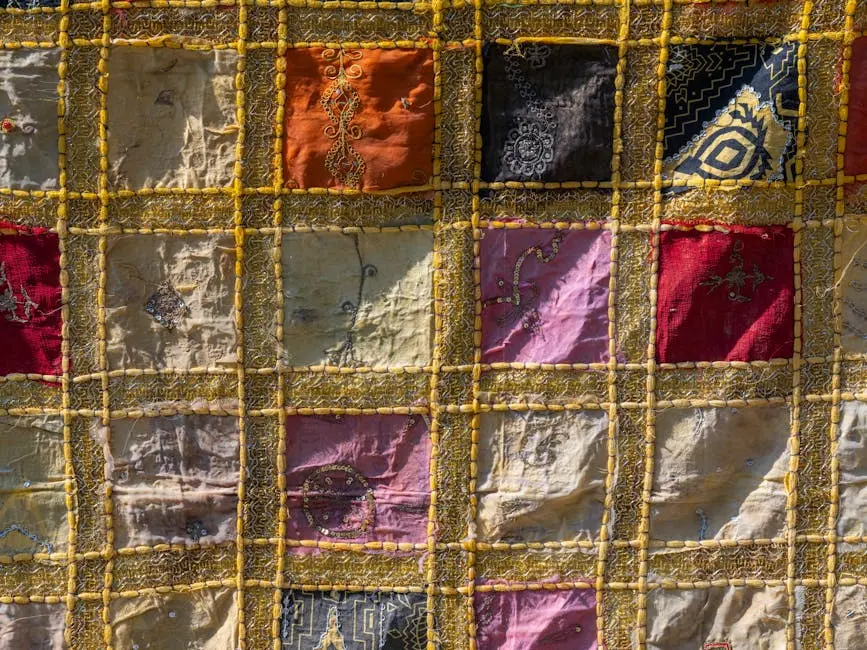In today’s world, where sustainability has become a central theme in our choices, bedding is no exception. Zero waste bedding offers a revolutionary approach not just to how we sleep, but also to our environmental footprint. By embracing this innovative method, we can enjoy comfort while actively contributing to a healthier planet. Let’s dive into what zero waste bedding is, its benefits, and how it can transform our sleeping habits for the better.
Understanding Zero Waste Bedding
Zero waste bedding refers to bedding products designed to ensure that no material is wasted during production. This approach fundamentally shifts how we think about our sleeping arrangements. Traditionally, bedding can generate significant textile waste, from discarded scraps to non-recyclable materials. In contrast, zero waste bedding makes use of every fiber, aiming for a sustainable lifecycle.
At its core, zero waste bedding focuses on the concept of circularity. Instead of a linear system where products are made, used, and then disposed of, this model encourages repurposing and recycling. Companies that specialize in zero waste bedding often create items that can be composted, upcycled, or recycled at the end of their life. This means that by choosing zero waste options, consumers can play a vital role in reducing landfill waste.
Moreover, understanding zero waste bedding requires a glance into the craftsmanship involved. Many brands prioritize handmade items and ethical production processes, often opting for local artisans. This not only supports fair labor practices but also reduces the carbon footprint associated with long-distance transportation.
The Environmental Impact of Traditional Bedding
To fully appreciate the benefits of zero waste bedding, it’s crucial to understand the environmental impact of traditional bedding. The conventional bedding industry is notorious for contributing to textile waste, pollution, and resource depletion. The production of materials such as cotton and polyester often requires immense water and energy, with many manufacturing processes releasing harmful chemicals into local water sources.
Additionally, once disposed of, many traditional bedding materials do not decompose naturally. Synthetic materials like polyester can take hundreds of years to break down. Instead, they remain in landfills, where they contribute to soil and water contamination. In 2020 alone, approximately 92 million tons of textile waste were generated globally, a staggering statistic that highlights the urgent need for more sustainable practices in the industry.
On top of that, the fast fashion movement has seeped into the bedding sector, leading consumers to frequently buy new bedding without considering the implications it has on the environment. This cycle not only fuels waste but also promotes a throwaway culture that keeps us from making more thoughtful, sustainable choices in our homes.
Benefits of Switching to Zero Waste Bedding
Switching to zero waste bedding offers numerous benefits that extend beyond just being eco-friendly. One of the primary advantages is the reduction in waste created during the production and disposal of bedding products. Fewer materials in landfills mean a lighter environmental footprint and a more sustainable way of living.
Additionally, many zero waste bedding products are crafted from organic or recycled materials. This not only ensures that they are free from toxic chemicals but also provides a luxurious feel. Imagine snuggling up in a soft, organic cotton duvet cover, knowing that it’s not only gentle on your skin but also kind to the planet. This sense of responsibility can enhance your overall sleeping experience.
Besides comfort, choosing zero waste bedding can also promote mindfulness. It encourages consumers to invest in quality over quantity. Instead of purchasing multiple inexpensive sets that wear out quickly, buyers often opt for durable, high-quality items designed to last. This shift helps cultivate a more intentional lifestyle, where every purchase is meaningful and contributes positively to the environment.
Materials Used in Zero Waste Bedding
Zero waste bedding makes use of various innovative materials, many of which are eco-conscious and sustainable. Organic cotton is a staple in this category, grown without harmful pesticides or synthetic fertilizers. Not only does this help preserve the ecosystem, but it also ensures that the sheets and duvet covers are free from toxins, making them safe for both users and the environment.
Additionally, bedding made from linen and hemp has gained popularity due to their natural resilience and long life spans. These materials require less water to grow compared to cotton and can often be produced with minimal environmental impact. Hemp, in particular, is a fast-growing plant that enriches the soil, requiring no pesticides, making it an excellent choice for zero waste bedding.
Recycled materials are also at the forefront of zero waste bedding. Some brands utilize recycled plastic bottles or fabric scraps to create new bedding products. This not only diverts waste from landfills but also puts previously used materials to good use. When you choose recycled products, you directly contribute to closing the loop and promoting a circular economy.
How to Transition to Zero Waste Bedding
Transitioning to zero waste bedding may seem daunting, but it can be a rewarding process that supports your journey toward a sustainable lifestyle. To begin, evaluate your current bedding collection. Identify items that are worn out or unnecessary, and consider donating or repurposing them rather than throwing them away.
Next, start replacing items one by one. Focus on high-quality pieces that promise longevity, such as a well-constructed mattress or a sleeping bag made from recycled materials. This gradual approach allows you to ease into the zero waste mindset without overwhelming your budget or lifestyle. Look for brands that prioritize ethical practices and offer transparency about their materials and production methods.
Moreover, consider DIY solutions. Many creatives have turned to sewing their own duvet covers or pillowcases using organic fabric remnants or recycled textile waste. Not only does this add a personal touch to your bedroom, but it also empowers you to take an active role in reducing waste.
Real Life Examples of Zero Waste Bedding
Real-life examples of zero waste bedding abound, showcasing the versatility and creativity involved in this sustainable approach. For instance, brands like Coyuchi offer organic cotton sheets that are not only soft and luxurious but cradle your conscience too. Their emphasis on fair trade and sustainable farming practices means that every purchase results in a positive impact on the environment and the communities involved.
Another notable example is the use of upcycled materials, as seen with companies like Avocado Green Mattress. Their comforters and mattresses often incorporate recycled fabric and organic materials that help to minimize waste. By highlighting natural materials and sustainable practices, these brands make it easier for consumers to make informed choices.
Lastly, community initiatives are also paving the way for sustainable bedding options. Local textile recycling programs allow individuals to donate unwanted bedding, providing resources for those creating zero waste pieces. These collaborative efforts illustrate that zero waste bedding isn’t just a personal journey; it’s part of a larger movement toward environmental stewardship.
Conclusion: Comfortable Sleep with a Purpose
In conclusion, embracing zero waste bedding offers an incredible opportunity to align our sleeping habits with our environmental values. It’s a small yet impactful step that can contribute to a larger movement toward sustainability. By prioritizing quality over quantity and choosing materials that nourish the planet, we allow ourselves to enjoy comfortable sleep with a purpose.
Indeed, as we transition to more environmentally friendly options, each choice made in the realm of home decor is a chance to reduce our ecological footprint. Zero waste bedding is a practical solution, one that reflects our commitment to future generations and the Earth.
Embracing Zero Waste Bedding for a Sustainable Future
In summary, zero waste bedding is more than just a trend; it is an essential part of moving towards sustainable living. By choosing bedding that minimizes waste, we not only improve our personal comfort but also take significant steps toward protecting our environment. With countless options available today, making the switch has never been easier or more rewarding.









Leave a comment